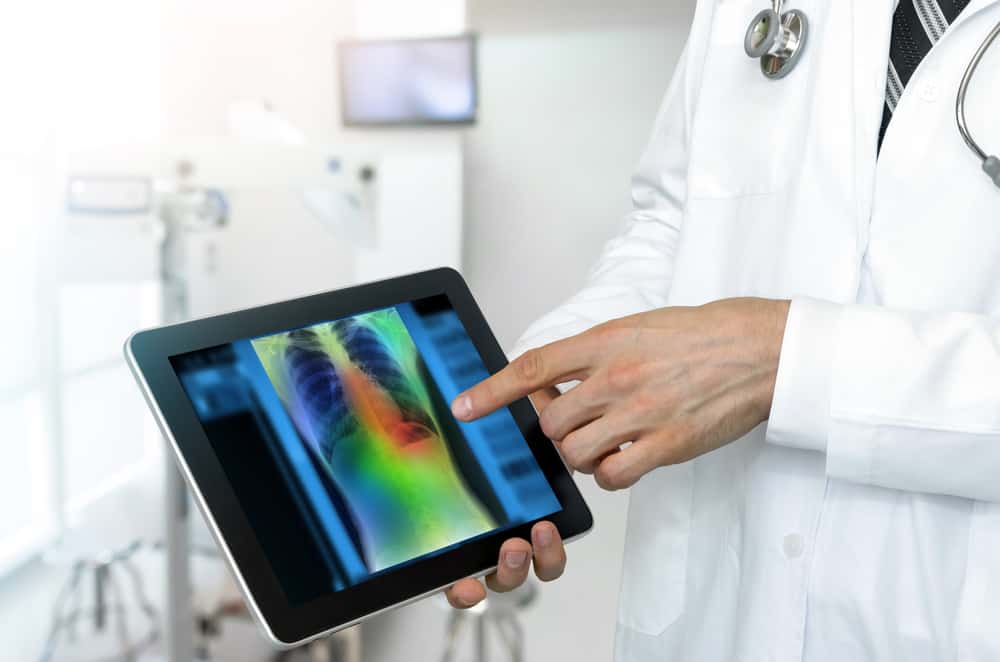Are you hoping to exploit artificial intelligence to become the Uber of healthcare? Perhaps your ambition is to build the next moonshot that disrupts the status quo of your industry. On the other hand, in healthcare, it’s a good idea to avoid disruptive change and make small, impactful improvements incrementally.
In fact, it’s the small projects, what you might call non-moonshots that often do the most good for patients and services within the healthcare compliance framework. These incremental changes don’t get the sensational coverage or giddy announcements at conferences. However, they ultimately lead to more substantial and lasting changes. E.g., understanding the intersection of medical coding and AI can help healthcare providers optimize their revenue cycles.
Revolutionary Revisions Versus Incremental Changes
There are two broad categories of change in organizations. The distinction is between moonshots and non-moonshot projects. All-or-nothing moonshot changes mean abandoning mature knowledge bases and discarding capital assets. Big changes mean massive investments in infrastructure, equipment and training and the risk that they don’t pay off.
Healthcare is not an industry suited to high-risk untested solutions. Changes to healthcare systems have to be safe for patients, whether the differences are in treatments or administrative actions.
Better alternatives for successful innovation in healthcare come by implementing incremental changes over time. These non-moonshot transformations to healthcare practices and organization accumulate gradually with significantly less disruption.
Artificial Intelligence in Healthcare and Its Incremental Changes
Incremental changes are small adjustments to processes and business models. They might be updates to products and services and changes to the organization. AI can reduce the occurrences of misdiagnoses and false positives in testing.
According to McKinsey and Co., AI could bring up to $100 billion in annual savings to healthcare. Software developers can integrate AI tools with existing systems to improve performance, efficiency, and care quality for patients.
Read Also: How to Build an AI App
The value of these algorithms is their ability to analyze data. AI and machine learning tools automate the tedious, repetitive work that has traditionally been drudgery for clinicians. Machine learning algorithms can process vast quantities of data and find disturbances that are too subtle for humans to detect.
The sensitivity of AI algorithms can give early warnings against impending events such as heart attacks, liver disease, cancers, and mental illness. Applying AI non-disruptively may not change the whole basis of medical care, but it can deliver drastic improvements in care outcomes.
AI has already proven to be effective at finding abnormalities in images and distinguishing malignant and benign growths. Neural networks are helping to tune hearing aids and ultrasound machines.
Related: Machine Learning in Healthcare: ML For Your Healthcare App
Artificial Intelligence Already Contributes To Healthcare
Organizations can use AI to make business models more patient-centric, which is one the stated objectives of CMS. Clinics can monitor and manage chronic care patients remotely, providing care and treatment that would traditionally require frequent, possibly stressful visits.
AI-based tools that analyze the patterns in data find the exceptions and outliers as well as spot the trends that show the outcomes. Connecting electronic health records or electronic medical records (EHR or EMR) to machine learning applications unleashes new capabilities without undermining existing systems.
Service desk systems that connect doctors and patients with EHRs have already begun to use AI to reduce costs and mitigate risks. This kind of transformation may not make the news, but it means that patients have better experiences engaging with providers, while doctors recover lost time.
Concluding Statement
You don’t have to be the next Facebook to effect incremental changes in healthcare app development. Artificial intelligence doesn’t have to be a moonshot. It is something that healthcare organizations can employ to work more efficiently while delivering more valuable care experiences for their patients.
Non-moonshot innovations that exploit the power of AI, machine learning, and neural networks are already making care experiences better for patients, the workload lighter for practitioners, and healthcare better value for everyone involved.
Related Articles:
